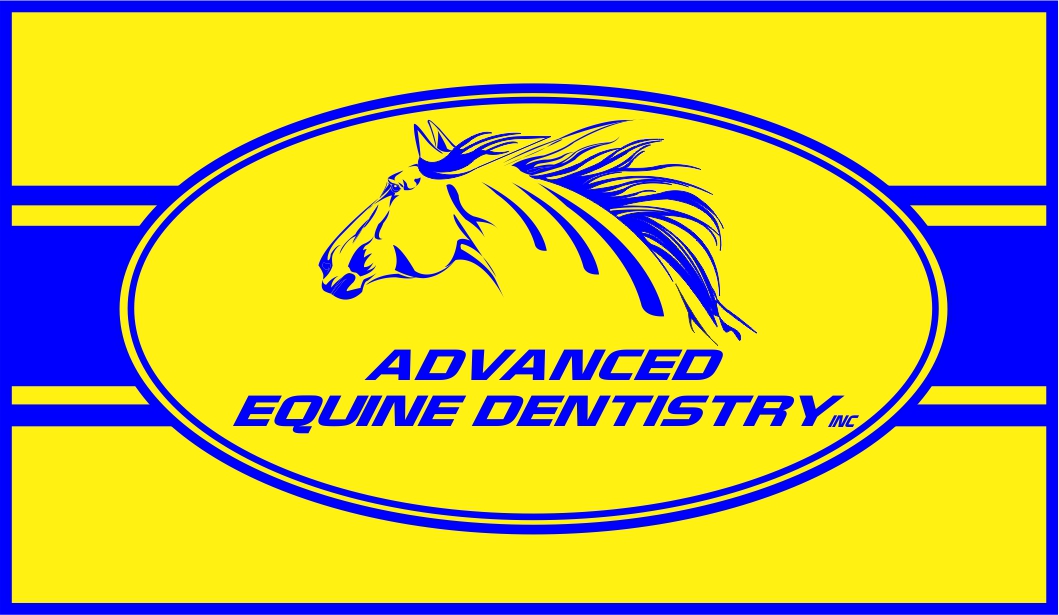How often should my horse have his teeth floated? Why should my horse have his teeth floated? These are questions many horse owners have asked themselves over the years. Current recommendations by the Association of Equine Practitioners (AAEP) vary with the age of the horse. Foals under a year old should have their mouth conformation checked at birth (to check for cleft palates and jaw conformation), at 3 months, and then every 6 months thereafter. The first deciduous, or “baby,” teeth can erupt before the foal is born. The last deciduous teeth appear around 8 months of age1. It is important to check foals for the development of an over/underbite and other malformations, so they can be managed appropriately before the permanent teeth form. Horses’ teeth erupt at a rate of around 1/8th of an inch per year1. Horses from ages 1-20 years old should have their teeth checked every 6 months, ideally, with 12 months being the maximum amount of time between dental exams. After age 20, the teeth erupt at a slower rate and horses can be examined yearly, as long as nothing changes with their eating habits. Older horses are more prone to breaking or losing teeth as the teeth weaken and the roots get shorter and shorter. There are also numerous diseases that can develop as the horses ages. If your horse has had a tooth removed as any point in its life, they should be floated every 6 months to prevent future problems.
So, what are these hooks and ramps I lured you in here with? A “hook” is an elongated enamel point most often located on the first upper premolar, although they can occur on the last molar in some cases (see image below). Hooks form when horses don’t have proper dental care. In some cases, the bit can get caught behind the hook and cause issues while riding. Even small hooks can jar the bit while riding. In addition, hooks can interfere the motion of the jaw and lead to difficulty chewing.

A “ramp” is an abnormal upward sloping of tooth (think of a ski ramp). These are most often seen in the last lower molars, although they can also be seen on the first lower premolars as a “reverse ramp” (see image below). Ramps are often seen in conjunction with hooks, as a result of improper dental care. When combined, these two over growths can lock the jaw from moving back and forth, resulting in weight loss and performance issues.

A horse’s jaw in designed with the top set of teeth wider than the bottom set. In the wild, the horse’s natural chewing motion and the types of forages they eat work to wear down their teeth uniformly. Domesticated horses rarely eat as they would in the wild, resulting in most of the common issues we see during routine dentals. Because of their mouth conformation, horses develop what we call “sharp buccal edges.” This simply means that the outer edges of the upper teeth and the inner edges of the lower teeth become sharp and can cause cuts to the cheeks and tongue. If we do find some cuts in your horses’ cheeks, it’s usually nothing to worry about. Once the sharp points are taken care of, the mouth generally heals within 7-10 days.

Our practice recommends dental exams every 6 months to catch any potential issues before they become real problems. This also works in conjunction with Florida’s vaccine recommendations, so many owners take advantage of the trip to do everything at once. If you have further questions, or would like to schedule an appointment, please contact us at 727-484-4473
Written by: Dr. Morgan Bosch, DVM
